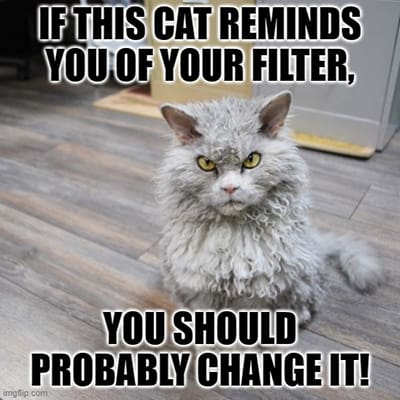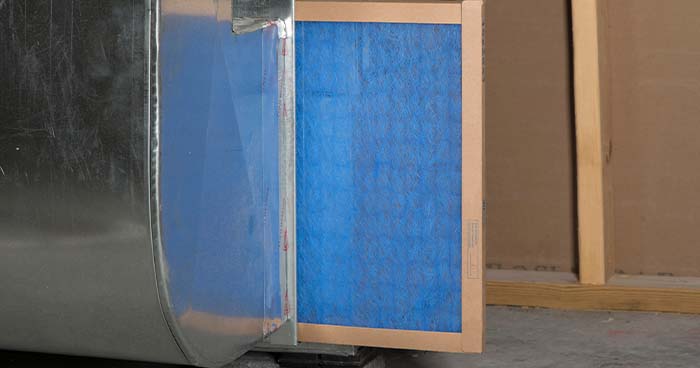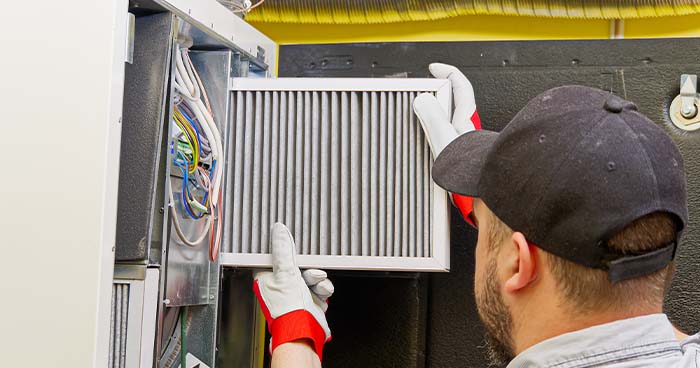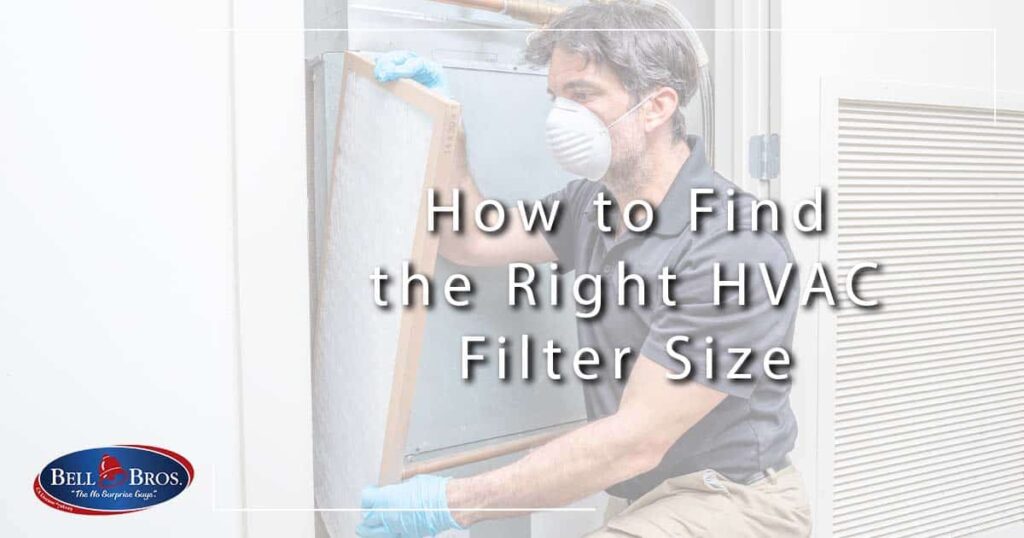
Fortunately, changing the air filter is one of the maintenance tasks you can do on your own, provided you know what size and type you need. If you don’t, shopping for air filters can be overwhelming.
Of course, you can always contact a professional to change your air filter. But if you prefer to do it yourself, here’s how to find the right HVAC filter size.
Why Does the Air Filter Size Matter?
If your air filter isn’t properly fitted, you won’t get the best results for your HVAC system. A filter that’s too big won’t fit in the slot and cutting it to size isn’t a good practice. This leaves gaps that can allow contaminants and air to pass through, defeating the purpose of having a filter in the first place.

Look at Your Existing Air Filter
For ease, many HVAC filter companies print the size on the front or side of the filter. The filter’s size listing shows the length, width, and depth in inches.
Measure It Yourself
While most air filters often have the size printed, some don’t. If yours doesn’t have a size listed, you can measure it yourself and do some simple math to figure out the length, width, and depth of your replacement.
Measure Air Register or Air Filter Slot
Sometimes checking the size or measuring the actual air filter isn’t an option, like if your HVAC system is missing the air filter completely. You can measure the slot that the filter fits into to get the right measurement.

Where Is the Air Filter Located?
The air filter on your HVAC system should be found on the return air intake. You can find this area near the return duct where it enters into your HVAC system, and there should be a plate that covers the air filter slot.

Know Your Air Filter’s MERV Rating
After figuring out the size, you must determine the air filter with the right MERV rating before you can replace it. The MERV rating is a measurement of how effective the air filter is at filtering out small particle contaminates. The higher the rating, the better the filter is at maintaining good air quality and removing contaminants.
A MERV rating of 5 to 8 is effective for most homes. This offers enough filtration for dust mites, dander, and mold or pollen spores without taking a toll on efficiency. These filters should still be changed regularly
If you have respiratory conditions or allergies, then it’s best to get a filter with a 10 or 12 rating. These higher ratings are better at capturing allergen particles – down to one micron – such as mold spores, pollen, exhaust, and more.


